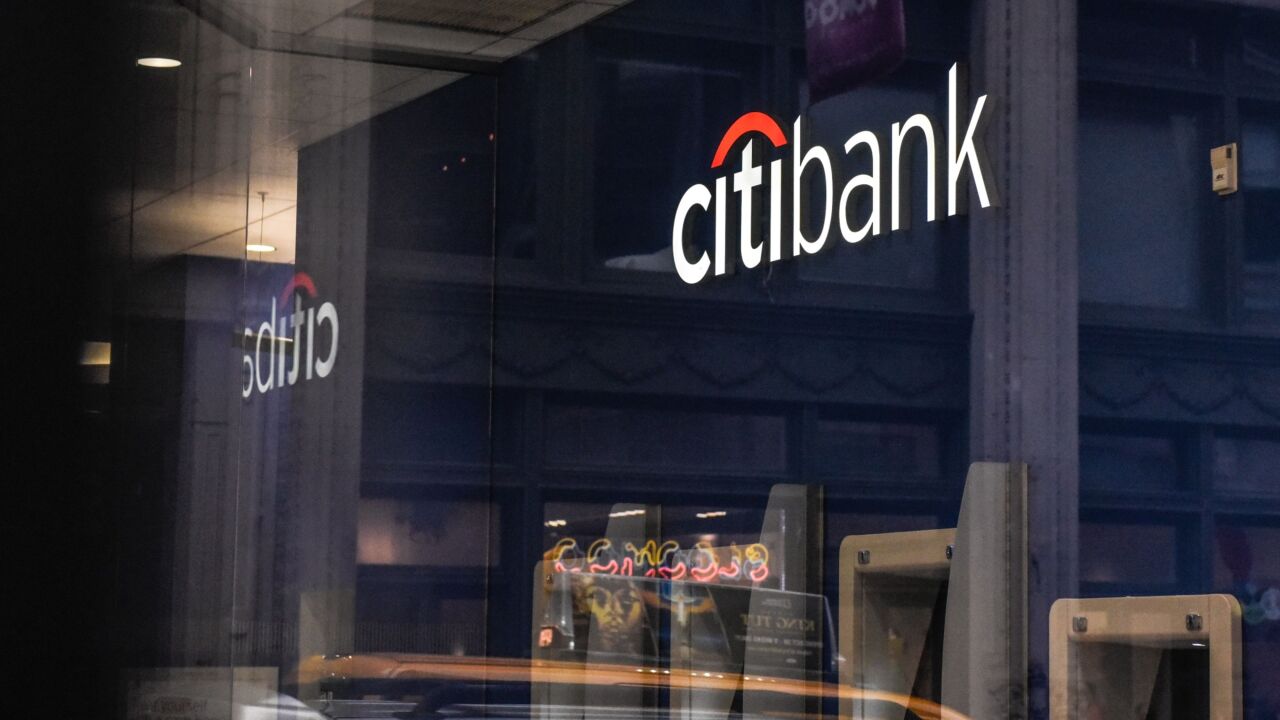A hotly contested proposal that would allow the Small Business Administration to make small loans directly to borrowers would help “correct for gaps” in access to capital for disadvantaged businesses, Administrator Isabella Casillas Guzman says.
Appearing Tuesday before the House Small Business Committee, Guzman repeatedly defended the plan in the face of skeptical comments by Republican representatives. They questioned the wisdom of departing from the agency’s traditional model of backing loans made by private-sector lenders.
“Some banks are still doing [small] loans,” Guzman said. “We just continue to see large gaps. … We need to make sure there are alternatives and that all our small businesses can connect to capital. We believe SBA has a role to play to work with the lending partners, similar to how we did to [the Paycheck Protection Program], and with a fee-based program distribute these loans through our lenders as well as directly.”

Guzman's last appearance before the committee came in May, nearly four months before the Biden administration unveiled its Build Back Better spending plan, which included the direct lending proposal. Her comments Tuesday were the first time she’d commented on the proposal in such a high-profile setting.
The administration has earmarked approximately $2 billion to permit the SBA to make regular business loans of $150,000 or less directly to small businesses. Currently the SBA’s direct lending activities are confined to disaster loans and a series of temporary emergency programs, including the Economic Injury Disaster Loan and Restaurant Relief Programs, the Congress created in response to the coronavirus pandemic.
The SBA’s regular 7(a) and 504 lending programs are structured as public-private partnerships, as was the PPP.
The 7(a) program is the SBA’s primary tool to make small loans. There’s no minimum size of a 7(a) loan, and the agency offers an 85% loan guarantee on credits of $150,000 or less, larger than the standard 75% guarantee.
Even so, Guzman noted that small-dollar SBA lending declined during the 2021 fiscal year, even as both 7(a) and 504 saw sharp increases in program activity. According to direct-lending proponents, a lack of small loans disproportionately hurts early-stage firms and those owned by women, minorities and veterans, since the loans are frequently smaller and not as capital-intensive.
Guzman pointed to statistics showing the number of loans for $150,000 or less made under the SBA’s 7(a) program fell more than 7% during the 2021 fiscal year, which ended Sept. 30, to 18,294. Yet critics of direct lending challenged the claim banks and other lenders are less willing to make small loans.
“I’m not finding that’s the case,” said Rep. Scott Fitzgerald, R-Wis. “The Wisconsin Bankers Association and I think the credit unions [too] are saying: 'Whoa. Timeout. Why wouldn’t we be involved in this?’ ”
In response to a comment by Rep. Young Kim, R-Calif., who said the public-private partnership model has proved more efficient than direct lending, as well as more effective in combating fraud, Guzman called 7(a) and 504 “strong programs” and pledged to continue working closely with private-sector lenders.
At the same time, Guzman said borrowers are finding it increasingly difficult to obtain smaller loans.
“You see people going more and more to online fintech lenders for financing,” she said. “There are gaps in this marketplace for small-dollar loans. The direct-lending program focuses on addressing those gaps.”
It wasn’t enough to sway GOP lawmakers, who argued that the PPP, 7(a), 504 and other programs that involved bank lenders, functioned far more smoothly than the agency’s direct-lending efforts.
The SBA “is completely understaffed; they have nowhere near the information technology systems" as private-sector lenders, said Rep. Daniel Meuser, R-Pa. “You’re saying you want an internally run lending product within SBA. … A joint partnership with banks and the SBA clearly works better.”
Scott Stewart, CEO of the Innovative Lending Platform Association, a Washington-based trade group representing some of the largest fintech lenders, said Tuesday that the SBA could achieve Guzman’s goal of reaching smaller, disadvantaged business by expanding the scope of the agency’s partnership arrangement to include fintech lenders.
In response to Guzman’s testimony, Stewart renewed calls to allow fintech lenders to participate in the 7(a) program, currently largely restricted to banks and credit unions.
Any effort to reach underserved small businesses will involve a heavy dose of technology, Stewart said. And while the SBA may have upgraded its capacity in that regard as a result of the PPP, it still can't match the skill sets of the big fintech lenders, many of which have been developing their platforms for more than a decade.
"What makes SBA think they'll be able to leverage those technologies better than the private sector?" Stewart said. "Why not take the easy answer that's already working, rather than build your own solution?"
Stewart is one of several financial services trade group leaders to publicly oppose direct lending by the SBA. In a BankThink article published by American Banker earlier this month, the CEO of the National Association of Federally-Insured Credit Unions, Dan Berger, warned the practice would discourage small banks and credit unions from participating in the agency’s lending programs.





